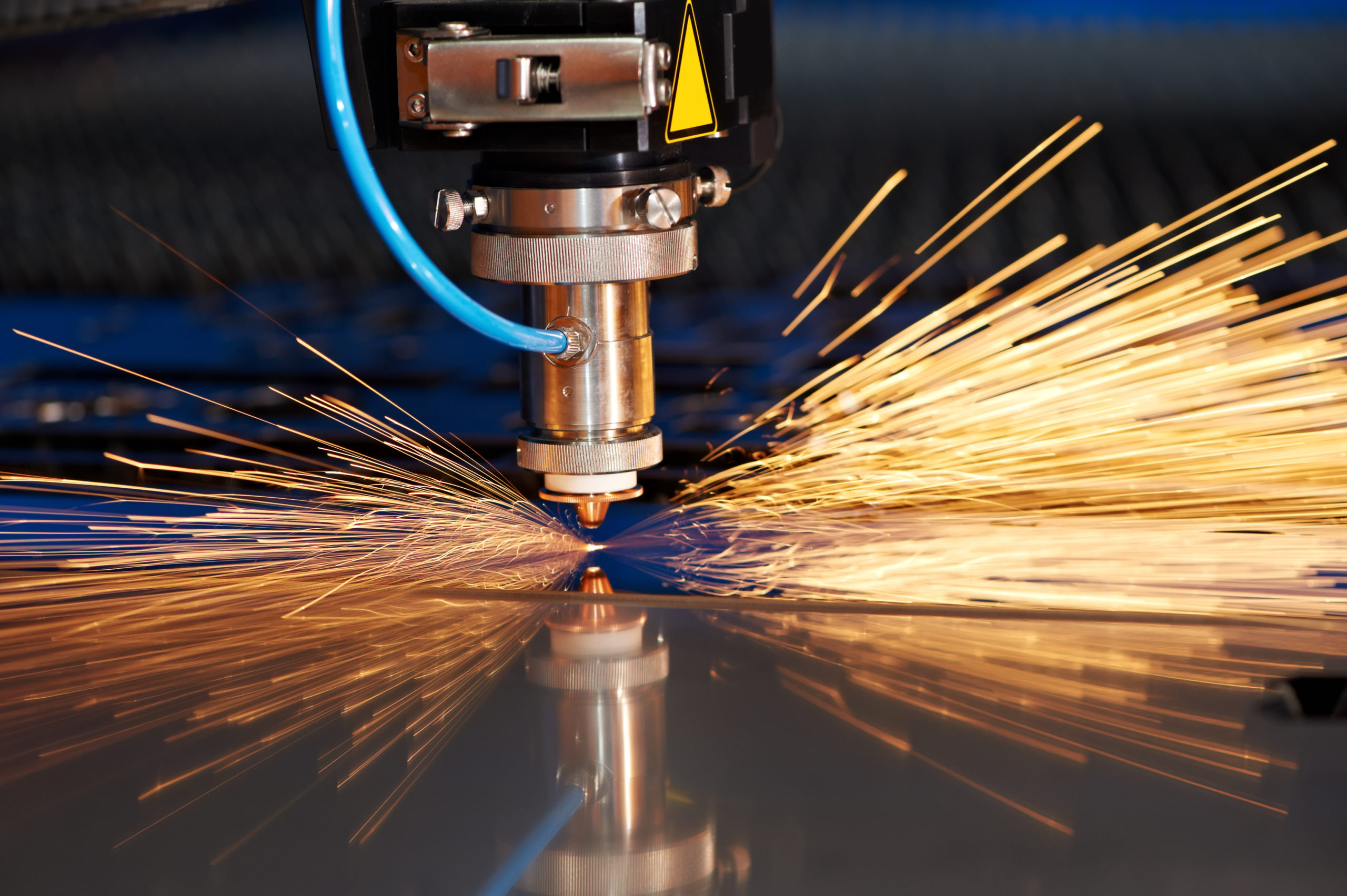
Aluminum forging is a process that is becoming increasingly popular in a variety of industries. More companies are turning to small forge shops for their custom forging needs.
Although it has been around for quite some time now, more and more businesses are relying on this procedure, turning to companies like Dyson Corp for their custom forging, machining, and heat treating needs—and it’s easy to see why. Aluminum is relatively inexpensive compared to other structural metals. It’s also very ductile, making it easier to manipulate using heat treating, and lastly, it has a long lifespan. Afterwards, custom parts can be created through laser cutting, with the use of industrial-grade laser cutting devices.
That said, it’s worth reading more about the forging capabilities of aluminum and the various ways it can be used as well as discovering the machinist’s tools they use.
Why Aluminum Forging?
As mentioned previously, aluminum is very ductile, a characteristic that makes it great for forging because it can take many different shapes—which is useful, especially when having to build precise metal parts such as a Metal Seated Ball Valve. It can withstand the rigorous steps of forging, which include squeezing, pounding, and pressing. Even though it’s easy to work with, aluminum remains a great choice when it comes to high-strength and durable products.
When the specifications call for intricate products, forged aluminum is by far the metal that can fulfill such requirements. For instance, if the criteria for a part calls for performance and safety and requires it to be light for speed and efficiency, aluminum is ideal for such a situation.
Due to its reliability and effectiveness, several industries have caught wind of the benefits of forged aluminum. As a result, they have either transitioned to this method or are making more use of its application.
Aerospace
Traditionally, the aerospace industry has used forged aluminum and titanium to produce various parts. This is because the combination of both metals forms an alloy that is ideal for high-strength products, which are essential for rough environments where precipitation and extreme temperatures are present.
However, aluminum’s malleability and affordability properties have made aerospace companies shift towards the metal; its use is practical for forging procedures such as open-die and closed-die forging. In case you’re not familiar with those terms, here’s an explanation.
Open-die forging refers to the process of shaping heated metal parts that are held with flat dies. This is typically the chosen technique for producing simpler and larger products such as spindles, bars, and hollows. Closed-die forging, on the other hand, entails confining the parts rather than holding them. The dies are compressed together to create the desired shape by forming an impression on the metal piece.
The aerospace industry has successfully built aircraft components such as gears, bearings, couplings, and flanges through aluminum forging.
Automotive
The automotive industry has also increased its reliance on aluminum forging for similar reasons to aerospace. Automotive companies are especially attracted to the metal because of its durability potential; manufacturers require their products to withstand harsh environmental conditions, common causes of corrosion and oxidation.
Moreover, aluminum’s lightness makes it efficient for new vehicles; they can travel faster and lighter to provide better gas mileage—making them more cost-effective. Aluminum is also great for conducting electricity; it conveys radiant energy without the sparking or magnetic properties some other metals have.
Some common auto parts made with forged aluminum in today’s automotive industry include pistons, wheel spindles, and gears. More and more companies are switching to forged aluminum for suspension parts due to its ability to bend into geometrically intricate shapes.
Medical
Among the newer industries to adopt this method, the medical field has recently shifted towards forged aluminum.
Thanks to its biocompatibility with other metals, aluminum has successfully formed alloys to build strong—and corrosion-resistant—hospital equipment. Some examples include oxygen tanks and electrical fittings. Newer surgical tools such as scalpels, clamps, trays, and containers are also aluminum-based or contain aluminum components. That said, the medical field’s demand keeps growing.
Since the arrival of the COVID-19 pandemic, medical equipment providers offer products derived from forged aluminum to medical facilities.
Said providers had taken existing designs for various components and developed ways to build and distribute them more quickly. Hospitals’ urgency has led to equipment to be in higher demand, such as regulator valves, respirator valves, and hospital beds.
With the use of aluminum forging, manufacturers are now building medical parts quicker and in higher quantities, ensuring they supply medical facilities with a sufficient number of products and deliver them on time.
Choosing the Road to Efficiency
While not everyone is on board with forged aluminum yet, it’s only a matter of time before more industries decide to transition. Not only has it allowed many companies to build products more efficiently, but it also influences external factors, such as distribution and costs. If you think your business could benefit from the potential of forged aluminum—you might want to consider making a move towards the future.








